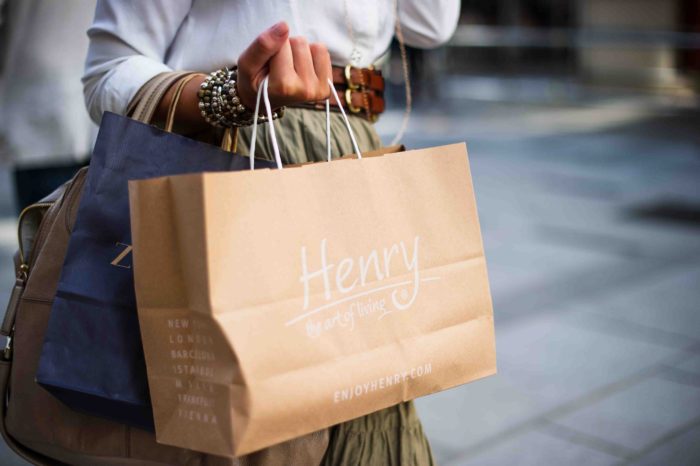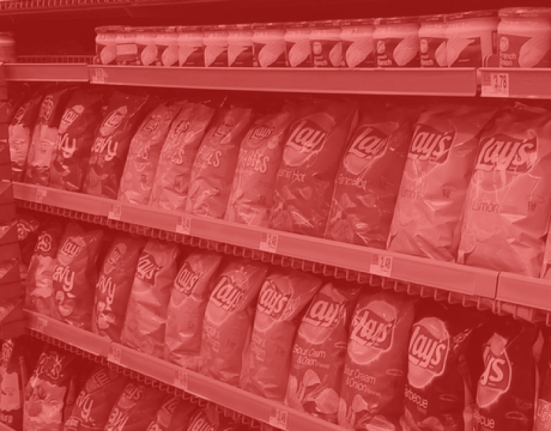The in-store shopping experience has a number of benefits for consumers. It’s a great way to see and test products before buying, store associates can help guide shoppers in the right direction, and there’s the instant gratification of buying an item and being able to use it that day.
However, there are some things about certain brick-and-mortar stores that are not fun: long lines and poor checkout experiences.
Why the Checkout Experience Matters
For brick-and-mortar retailers, an excellent checkout process is a must-have. The alternative is shoppers who dread the checkout. Long lines can drive people away without buying. A painfully slow or confusing process can keep people away once they leave.
In simplest terms, the easiest part of shopping should be buying what you want. As a retailer, it’s no good if it’s just too dang hard for consumers to make a purchase. This is the main goal of the whole experience, no? What good is making that final step before a sale a painful one?
Instead, here are six practical ways to improve the retail checkout experience for your in-person shoppers.
A painfully slow or confusing checkout process can keep people away once they leave.
Tip No. 1: Improved Store Associate Training
One reason why the checkout struggles is because of store associates. We’ve all been in line only to have the person behind the register trip up while scanning items or flip on the light to call over a manager to help.
While it’s understandable that new employees aren’t as comfortable at the register as tenured ones, management can still make those early days as easy as possible.
That begins with store associate training. Employees should have plenty of time to practice the checkout process before doing it for real—or during busy hours. As an added bonus, training associates can help improve checkout in other ways beyond speed. For example, well-trained staff can upsell and cross-sell at the point of sale more effectively. They can communicate with shoppers better to improve brand reputation and keep everyone happy.
Tip No. 2: More Open Registers
This is a tricky tip, but it has to be mentioned. From a consumer perspective, there are few in-store shopping experiences worse than seeing a store with 20 checkout lanes but only two open—and crazy long lines at those two. Of course, retailers have their reasons for doing this. They may be short-staffed or have technical problems at a few registers.
However, angry shoppers won’t care why there aren’t more open checkout lines. If at all possible, one of the first steps toward improving checkout should be to open more registers. Naturally, this will help disperse shoppers across more lanes.
Plus, it will show a desire to improve. Most people won’t blame the retailer for long checkout times if every register is full and humming. To help avoid this problem, track busy times and focus on scheduling the proper amount of staff to handle volume.

Tip No. 3: The Snake Line
Most retailers today have two main types of checkout lanes: single lines and snake lines. The single line is where each register gets one line. So, shoppers queue up at their register of choice. The snake line is where the entire store gets one line, and the person in front goes to the first available register.
There are pros and cons to both, but the snake can be a helpful option from a customer experience perspective. Why? It has proven to keep shoppers moving faster, even though the line itself is longer. It also removes choice from the equation, so shoppers aren’t left wondering if that line is better than this one.
Few people enjoy getting stuck behind a slow shopper, and the snake removes that by funneling people into the first available register.
Tip No. 4: Self-Checkout
Another checkout trend that is becoming more popular is the self-checkout. In this scenario, retailers have dedicated registers that are unmanned. It’s on the customers to ring up their items, pay, and bag.
Self-checkout registers can be a positive experience for several reasons. Most forgo the conveyer belt, which saves space so retailers can get more registers into a smaller area. Obviously, there is no need for an associate to oversee each register.
Instead, one or two employees typically watch the entire self-checkout area. This frees up staff to roam the floor and assist customers there—potentially increasing opportunities for suggestive selling and recommendations. Finally, customers are responsible for their own checkout experience, reducing the odds they blame the retailer if it’s a slow process.

Tip No. 5: Loyalty Programs
Why can the checkout process be painful for customers? Often, it’s because they’re waiting behind a shopper who is taking forever—they are paying with cash or check, they’re digging around their pockets for paper coupons, or they just appear completely unprepared for checking out (despite waiting in line for 10 minutes before their turn).
Ok, that’s not retailers’ fault, but they can help avoid these scenarios. One option is to offer a loyalty program. Anyone who signs up will get coupons sent to their mobile phones or can qualify for any deal simply by providing their phone number at point of sale.
This makes the checkout go quicker. Associates can scan their mobile phone or type in their number to keep things moving. As an added bonus, retailers with loyalty programs and mobile apps can make it possible to pay via the app, further reducing the odds of shoppers paying by cash or check.
Tip No. 6: Omnichannel Selling
Finally, retailers should focus on making all their channels as smooth and easy as possible. What does this mean? For starters, retailers should have dedicated checkout areas for in-store and online shoppers.
This is done today with many stores offering Buy Online, Pick Up In-Store (BOPIS) programs. Online customers place their order but get their items inside the physical store. Where this transaction occurs should be separate from the in-store shoppers waiting to check out. This will keep everything moving smoothly.
More omnichannel options include buying in-store but scheduling home delivery and mobile point-of-sale systems. More options, the better. Customers can ring up their purchases from their mobile devices or store associates located throughout the store, or go to customer service kiosks to schedule delivery and complete their orders.
Overall, the customer experience can improve with options and flexibility. Retailers must give shoppers plenty of paths to check out and make the process as fast and smooth as possible. With the above six tips, this can be done in a variety of ways that can suit any retailer’s needs.














